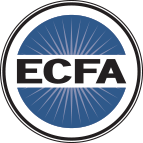World Evangelical Alliance
CHURCH STREET STATION
POST OFFICE BOX 3402
NEW YORK, NY 10008-3402
Tel: +1 212-233-3046
For all media enquiries please contact [email protected]
WEA has been a charter member of the Evangelical Council for Financial Accountability since 1980.

Stay Connected